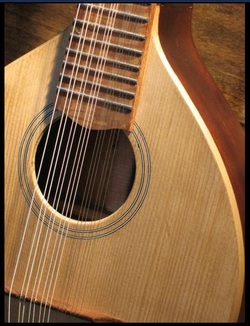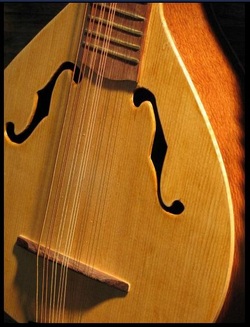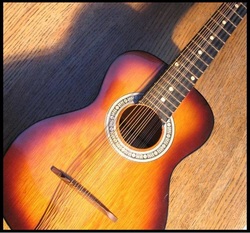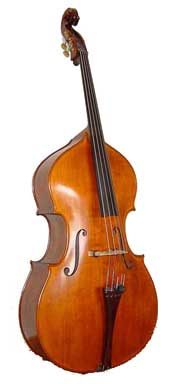NATIVE INSTRUMENTS
Banduria

The banduria is the voice of the Philippine Rondalla.
When the bandurria was introduced to the Philippines more than 400 years ago, the Filipinos again added an evolutionary touch to the bandurria’s journey. First, the Filipinos dropped one “r” from its name. Second, Filipino luthiers added two extra strings to produce what is now the Philippine modern 14-string banduria.
The modern Philippine banduria, also spelled bandurya, to reflect the native Tagalog spelling, continues to evolve.
When the bandurria was introduced to the Philippines more than 400 years ago, the Filipinos again added an evolutionary touch to the bandurria’s journey. First, the Filipinos dropped one “r” from its name. Second, Filipino luthiers added two extra strings to produce what is now the Philippine modern 14-string banduria.
The modern Philippine banduria, also spelled bandurya, to reflect the native Tagalog spelling, continues to evolve.
Laúd

The sister instrument in the randolla is the laud. The laud first appeared in Mesopotamia in 2000 BC, with a small ovoid body and long fretted neck.
The modern Filipino laud is set up the same as the banduria, but because of it’s larger size provides a more bass sound to the rondalla. In addition, the laud has violin style “f” holes, instead of the round sound hold of the banduria.
The modern Filipino laud is set up the same as the banduria, but because of it’s larger size provides a more bass sound to the rondalla. In addition, the laud has violin style “f” holes, instead of the round sound hold of the banduria.
Octavina

The Octavina is essentially the same as the laud, but with a round sound hole, and shaped like a very small guitar, instead of pear shape of the banduria and laud. The Octavina appears to be unique to the Philippines.
NON-NATIVE INSTRUMENTS

The rest of our band consists of:
Guitar
Bass Guitar
Double Bass
Guest instruments have included:
Cello
Flute
Cajón (Cuban Box Drum)
Bongo Drums
And we welcome any other instruments you might play!
Guitar
Bass Guitar
Double Bass
Guest instruments have included:
Cello
Flute
Cajón (Cuban Box Drum)
Bongo Drums
And we welcome any other instruments you might play!
